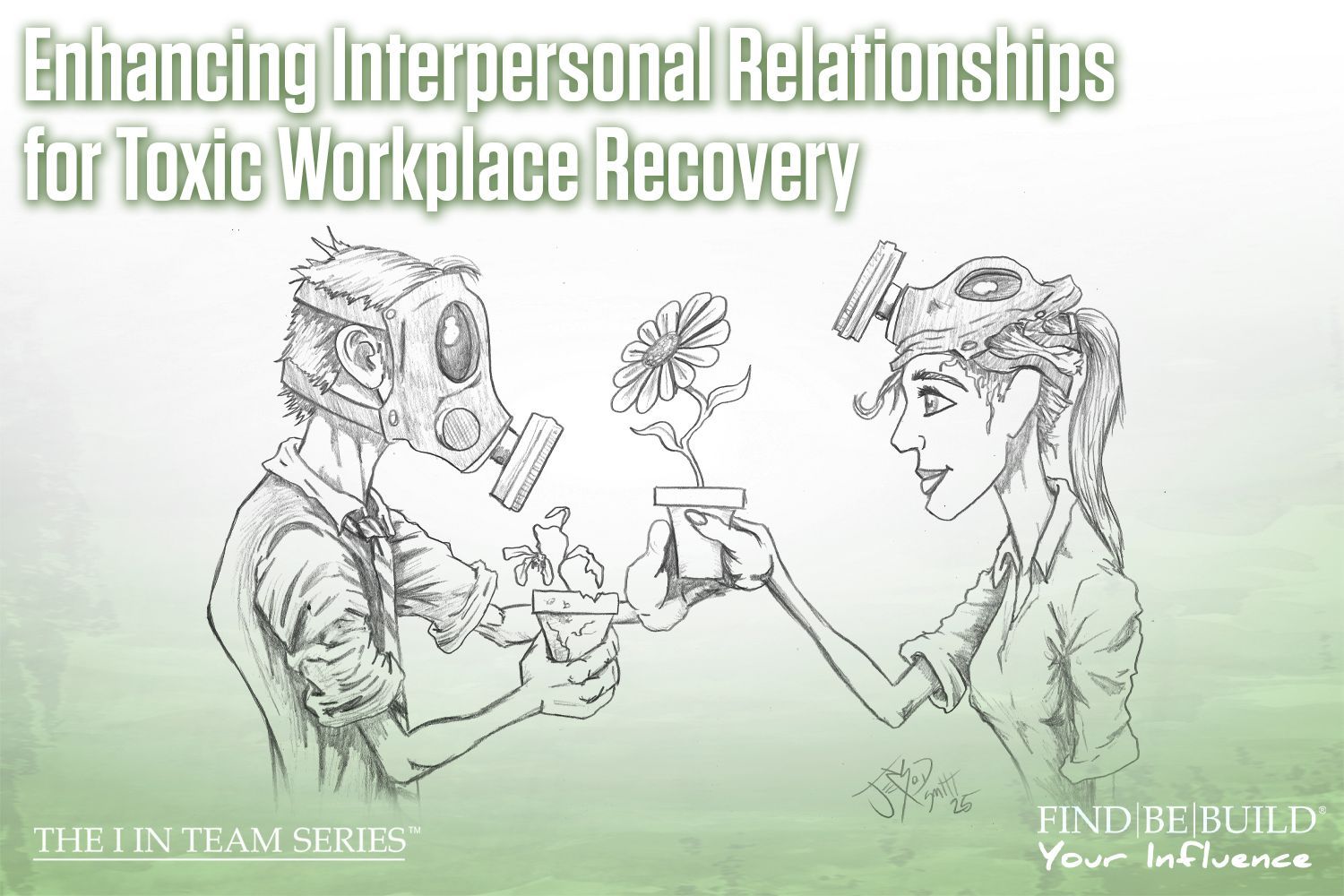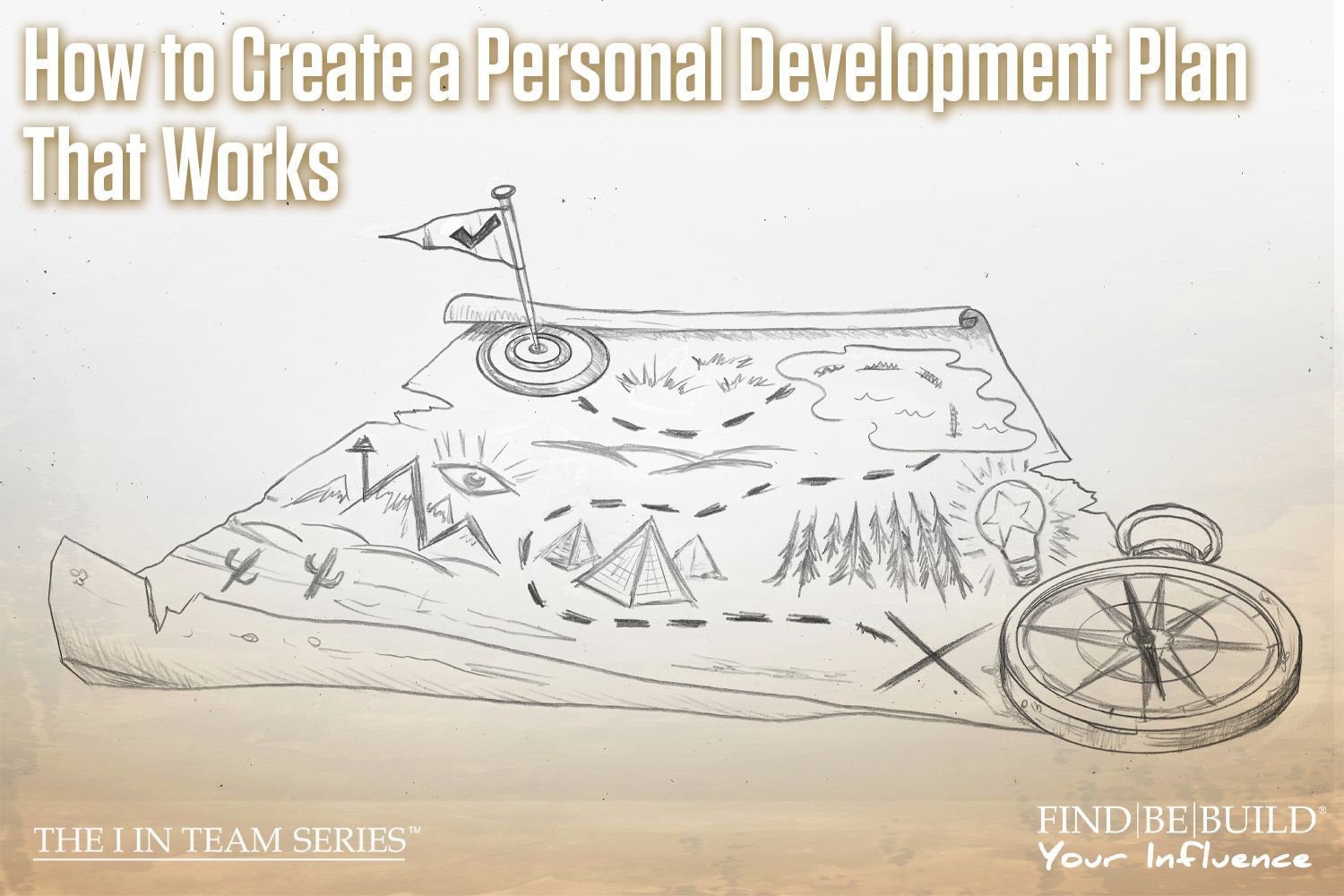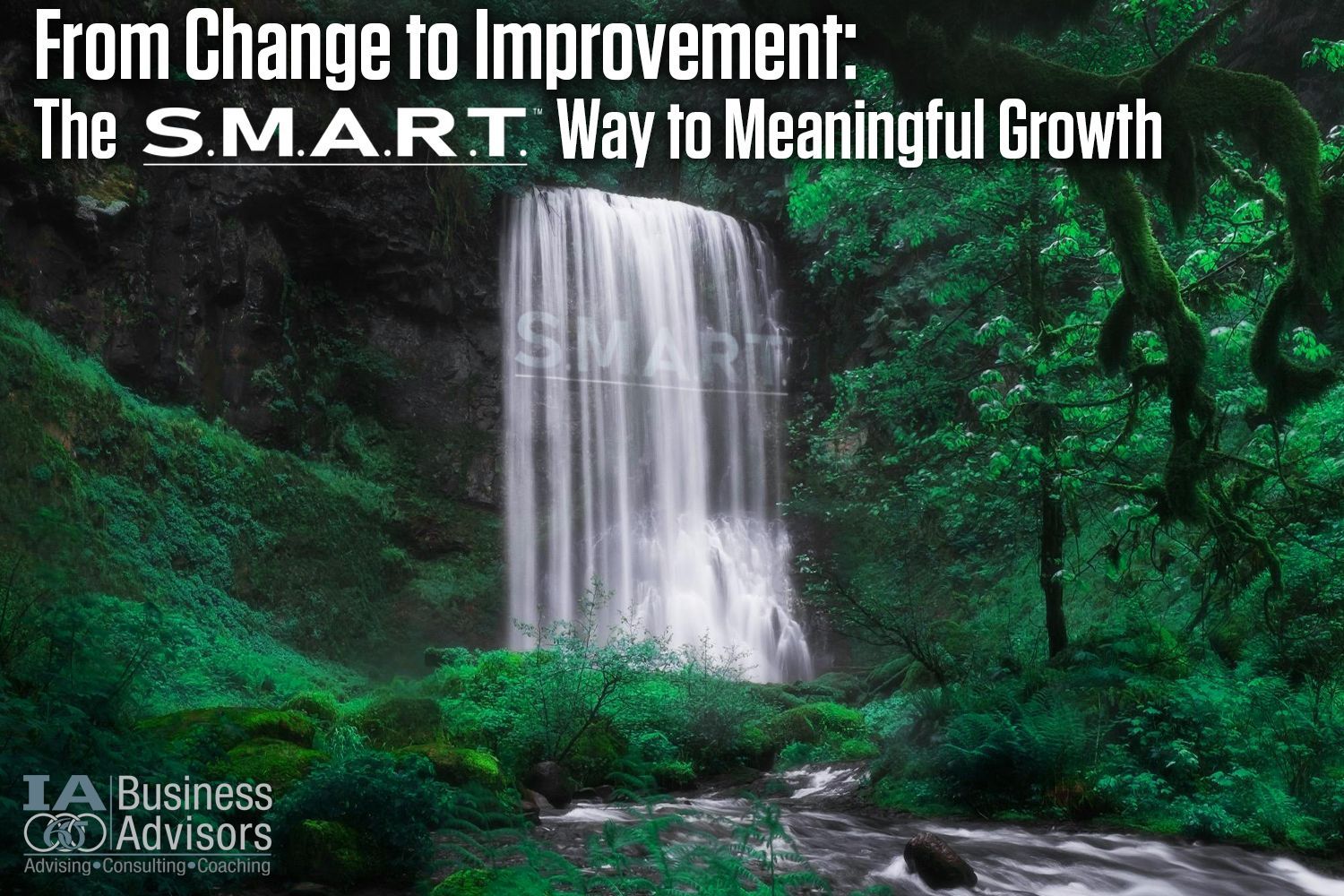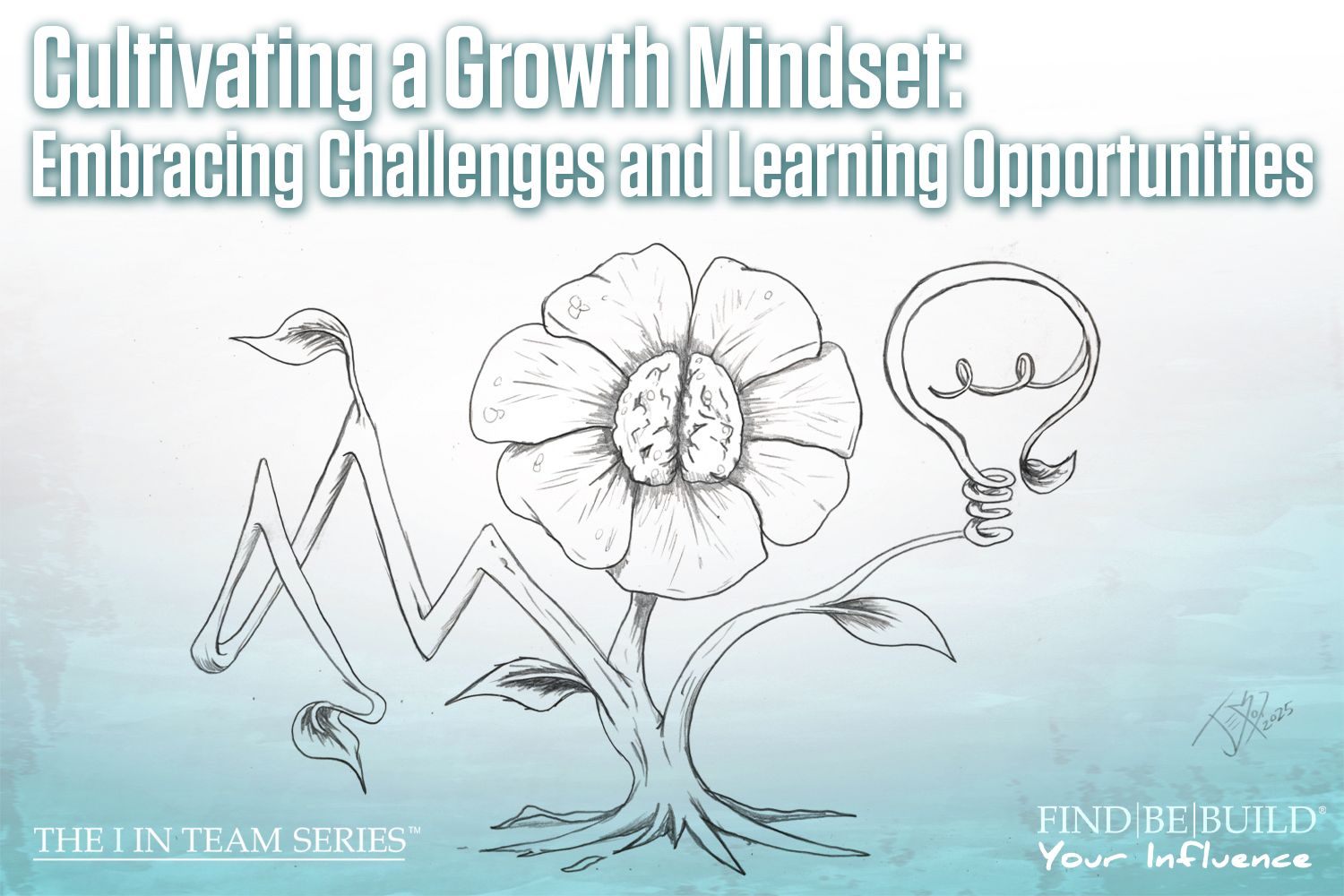What is inclusive language?

Inclusive language in business consulting
Hi, team! It’s your friend, Mary, with The I in Team series where you can find, be, and build your positive influence. Our gratitude group just celebrated one year of showing gratitude together every week, so we reviewed everything we have learned together over the past year. One of the topics we learned about was inclusive language. With our world growing in ways to connect and modes for communication, it is important to open your mind and do your best to remain inclusive, both in your actions as well as your words. However, culture dictates the language we use so it becomes first nature—we don’t question it. In this blog, we are going to discuss what inclusive language is and why it is important, some examples of inclusive language, and how you might implement it in your life.
What is inclusive language?
Inclusive language is when we use words, whether verbally and written, that attempt to include everyone who will read and/or hear it. It is language that aims to not exclude groups inadvertently. Traditionally, it is meant to be inclusive of underprivileged or minority groups. When implementing inclusive language, the goal is to bring harmony to speech and writing through avoiding demeaning or offending people or groups. Additionally, using inclusive language is important because you never know if someone who is seemingly included may have strong ties to or a passion for any given underprivileged or minority groups. Those who work on developing their inclusive language, while not always perfect, show an open mind and willingness to understand that which they are not part of.
Why is inclusive language important?
Communication is powerful; whether it be our internal thoughts or thoughts which we put out into the world through spoken word or in writing, communication is how we interact with and respond to the world. So, the words we use are important and they tell people who we are on the inside. Using inclusive language creates spaces for those that may otherwise feel uncomfortable or unwelcome for individual characteristics, many of which they often have little control over. We are all born as we are. Therefore, acknowledging the vast diversity and beauty of humankind through inclusive language is one way we can demonstrate our acceptance of different perspectives, identities, and ideas.
Examples of Inclusive Language
First, I will discuss the difference between person-first and identity-first language in terms of those who experience disabilities. Then, I will provide some examples of ways in which you can change your language to be more inclusive for all in today’s society.
Person-First Language
Person-first language (PFL) is when you acknowledge that the person you are speaking to or about is first a human being and second has a disability. This shows respect for that person and allows them to be seen as a whole, a human, rather than a singular part, their disability. For example, using inclusive language, you would say “a person who has a disability” rather than “a disabled person,” or, “a person who is blind or visually impaired” as opposed to “a blind person.” PFL aims to acknowledge individuals as humans first and foremost and seeks to eliminate the practice of reducing an individual to a defined disability.
Identity-First Language
Identity-first language (IFL) is the opposite of PFL; it puts the disability before the person. While this is likely self-explanatory by now, an example of this would be describing someone as “a bipolar person” rather than “a person with bipolar disorder.” It is noteworthy to say that when you meet someone who has a disability, it is kind and compassionate to ask them if they prefer PFL or IFL. This shows that you care, recognize their worth as an individual, and would like to use language that makes them feel comfortable and included. In some cases, that person may prefer IFL. This has been found true with a larger population of the Deaf/hard of hearing and Autistic communities. Don’t make assumptions; use person-first language if you aren’t sure and if given the opportunity to ask their preference, ask!
Examples of Inclusive Language
Below are some examples of inclusive language based on underprivileged and minority groups.
Developing a Habit of Inclusive Language
Like all habits, you must show patience and compassion for yourself as you work to develop and improve your language. Because a lot of the language we use is cultural in nature, for example, “Hey, you guys!” (when talking to a mixed-gender group) it can be harder to recognize when we do it and therefore more difficult to change that language. Additionally, you may find that some women don’t mind being called “one of the guys” but you will also find that some do mind. It’s best to err on the side of caution to ensure everyone feels included by you in the spaces you create and occupy.
To develop this habit, start with one sector you know you can work on with room for improvement. It may be that you want to be more inclusive in your religious or gendered language, or perhaps how you refer to families or perceived class status. Choose one to start with and work on incorporating that language into your everyday thoughts and speech. It would be beneficial for you to come back and review these examples or conduct an internet search of other examples to keep the new vocabulary you hope to instill at the forefront of your mind.
Overall, the goal of developing more inclusive language is to ensure that your audience, no matter how small, feels included and safe with you. The safer you make others feel, the more your positive influence grows. We all show the world who we are each day through our interaction with each other, and how we respond to positive and negative situations. By developing healthy habits in hopes of making others feel included, we demonstrate our ability to value and appreciate diversity. Like with all habits, have patience and compassion for yourself as you grow. We believe in you!












